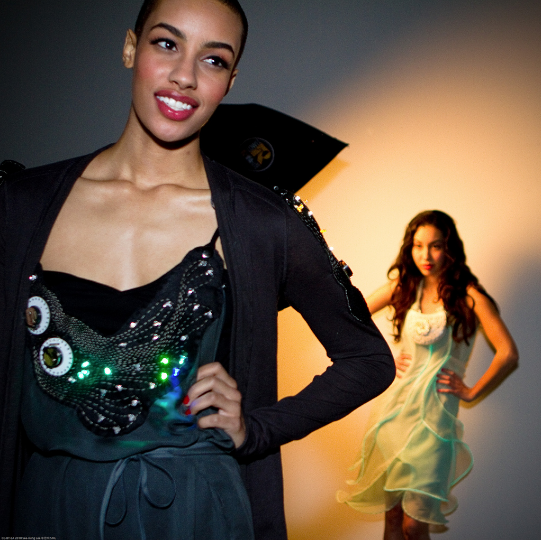By Sharon Jones
Ask most people, and they’ll tell you that fashion and tech are like chalk and cheese. On the one hand, you’ve got a bunch of people who live in a world of colours and patterns. And on the other, you’ve got an industry dominated by zeroes and ones. On the surface, they couldn’t appear more different. But when it comes to tech and fashion, the old adage is apt: opposites really do attract.
Over the last few years, tech has been shaping the fashion industry in ways many of us couldn’t have anticipated or imagined. Let’s take a look at what’s happened so far.
Wearables Weren’t Just A Passing Fad
One of the geekiest things ever made was the 1980s Casio digital watch with the calculator. That product was supposed to be the death knell of wearable electronics. But, by virtue of the passage of time, wearables are back. And they’re finding a home among some of the most fashionable brands in the industry. Nike has introduced the Nike+ Fuelband. Apple has launched its successful Apple Watch. And other designers are looking to spice up electronic wristbands, like Fitbit. What’s interesting is just how much all of this investment is worth. Credit Suisse has estimated that the wearables market could be worth as much as $50 billion.
The Fashion Industry Got Apps That Were Actually Useful
It took a while for it to arrive, but the now the industry is finally benefiting from fashion ERP software. The software allows fashion companies to organise their internal departments. And it helps give them flexibility when dealing with both customers, and other businesses. Now the fashion industry is just as high-tech as, say, the finance industry. And companies are no longer restricted to mere pen and paper to organise their internal function. In fact, the fashion industry now has the capacity to scale in much the same way as a tech startup.
3D Printing Now A Viable Production Method
We’re still some way off from the day when a 3D printer will be able to print out your clothes for you. But that doesn’t mean that the zany new manufacturing method is without merit. Take, for instance, special details on clothing. Once upon a time, fashion businesses had to craft each of these by hand. But today, they can get homogeneous outputs from a 3D printer.
3D printers are also super helpful when it comes to scaling production. Traditional manufacturers often require a minimum run. Today’s factories are set up to produce en masse. But 3D printers can be used to create one-off pieces. And when you think about it, this is exactly what their clientele wants. They want individualised, bespoke items that set them apart from everybody else.
Instagram Made Fashion An Online Hit
Instagram made a big difference to the fashion industry when it first arrived. All of a sudden there was a platform that allowed them to advertise to their customers, without appearing to do so. It turned out that customers loved sharing photographs of popular items. And businesses, like Fox and Fawn, soon capitalised on this advertising method.
Sharon Jones is a contributor to zenruption and has her B.A. in political science from UCLA. As a new mother, she is interested in helping shape the world her daughter will inherit. She likes pina coladas and taking walks in the rain.




